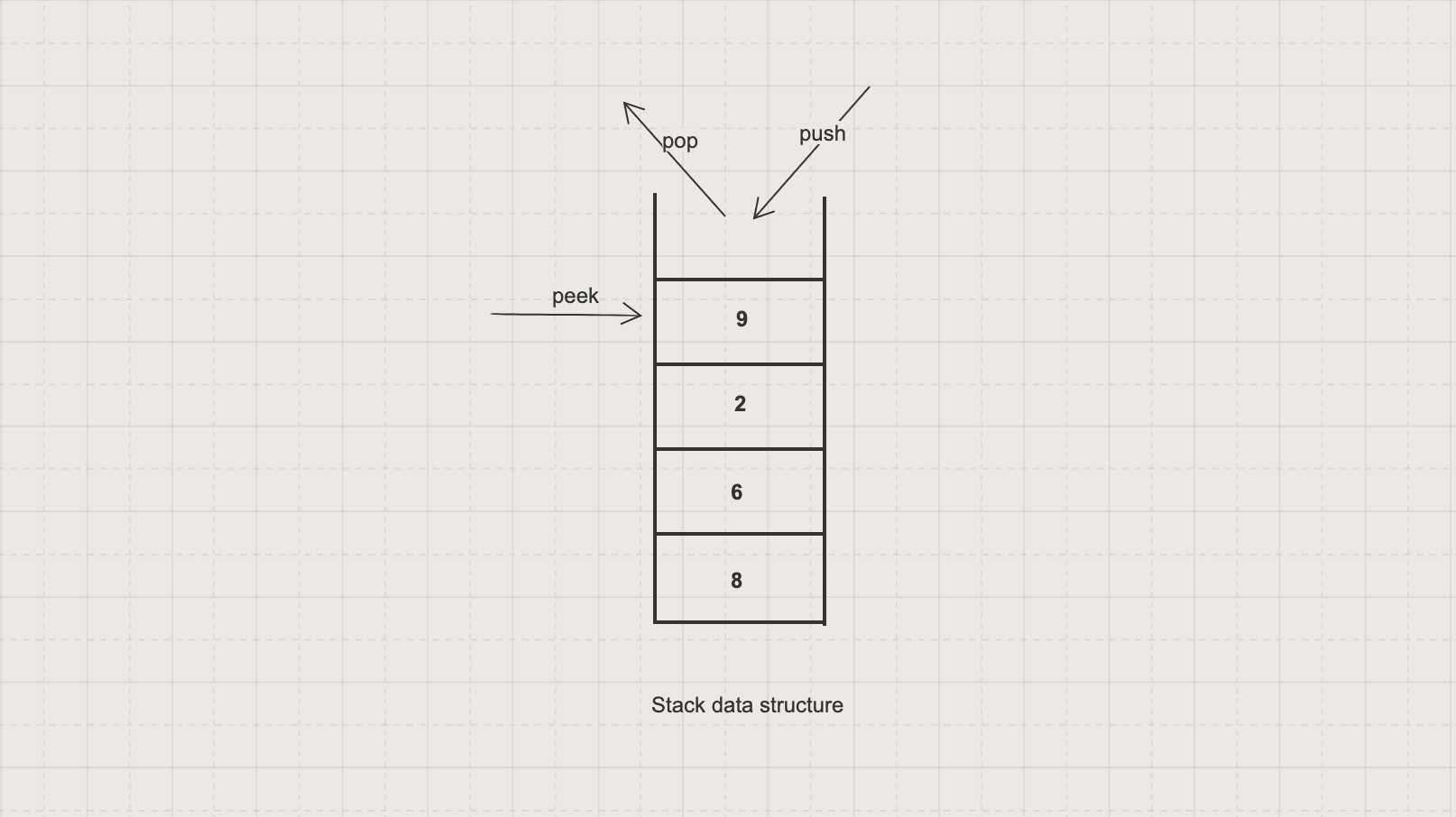Stack is a linear data structure consisting of items sorted in Last In First Out (LIFO) order due to adding or removing stack items is only possible at the top
You can think of a stack data structure similar to a stack of plates in real life
In this tutorial, we will learn to implement a Stack data structure and its operations with Java, including
- Push: adds an item onto a stack
- Pop: retrieves and removes the top item from a stack
- Peek: retrieves without removes the top item from a stack
We will also quickly walk through some official supports of Stack in Java such as java.util.Deque, java.util.concurrent.BlockingDeque and java.util.Stack
Implementation
You can implement a stack by using either a Linked List or an Array Data Structure
The following is an implementation example using a static array
Application
- Depth First Search uses a stack to track which elements to visit next
Stack implementations in Java
java.util.Deque(interface), since Java 1.6, unsynchronized / not thread-safe, using in single threaded environment. For example
java.util.concurrent.BlockingDeque(interface), since Java 1.6, synchronized / thread-safe, using in multi threaded environment. For example
java.util.Stack(class), since Java 1.1, extendsVector, synchronized, should not be used due to its negative impact on performance
This article has been published from the source link without modifications to the text. Only the headline has been changed.




